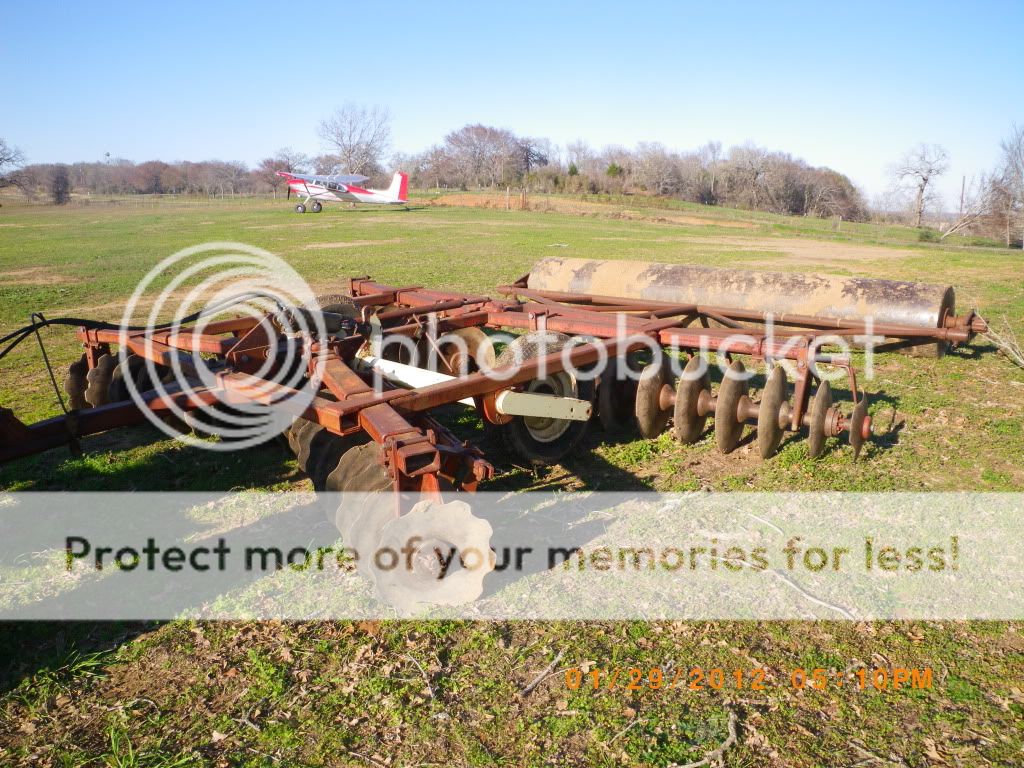farmerbrake
Line Up and Wait
- Joined
- Aug 21, 2014
- Messages
- 578
- Display Name
Display name:
farmerbrake
So my family has a dairy farm, and I have my pilots license. My question is what all requirements are there to put in a grass strip for our own private use?
Who would I need to get permission from?
What length/width suggestions do you recommend? Probably just a 172 or 182 for the plane, unless you have suggestions for a better grass strip plane for around 40,000
There is a class D towered airport about 10 to 13 miles away.
Any other advice/knowledge you care to share?
Thanks in advance!
Who would I need to get permission from?
What length/width suggestions do you recommend? Probably just a 172 or 182 for the plane, unless you have suggestions for a better grass strip plane for around 40,000
There is a class D towered airport about 10 to 13 miles away.
Any other advice/knowledge you care to share?
Thanks in advance!









 ) but I was thinking about 50 feet wide?
) but I was thinking about 50 feet wide? 